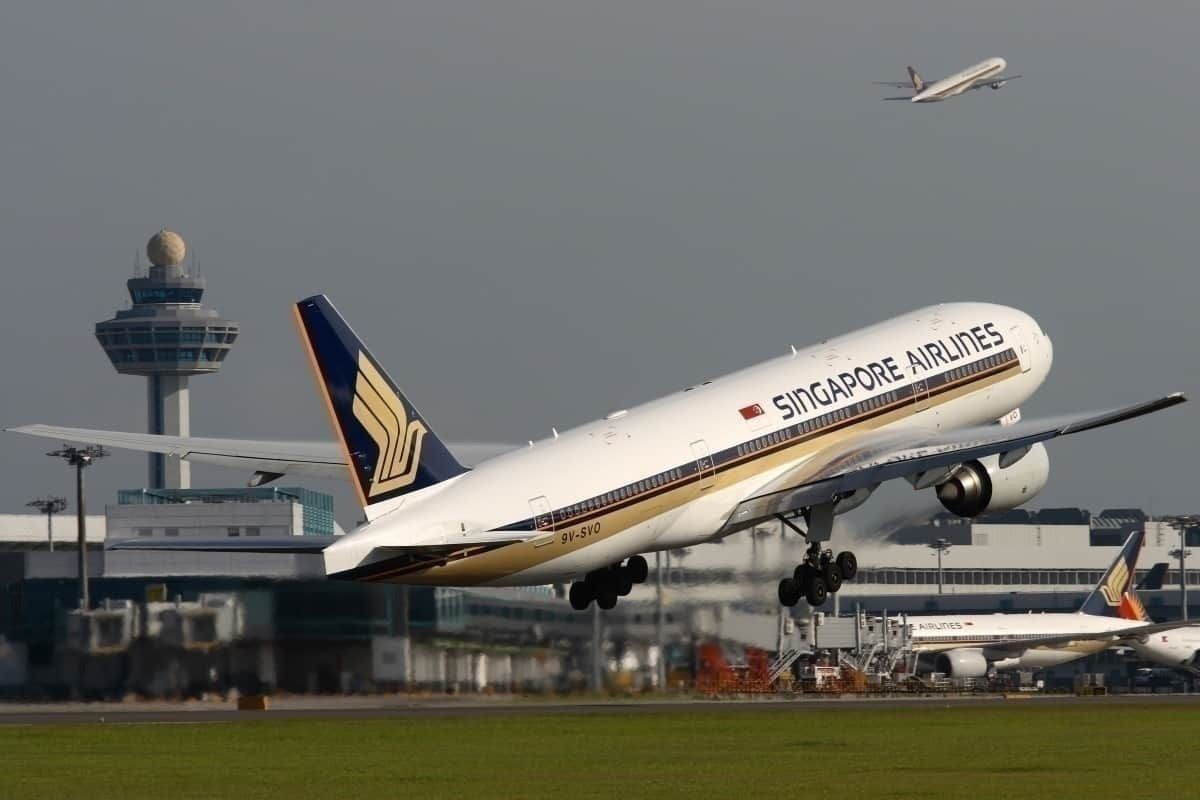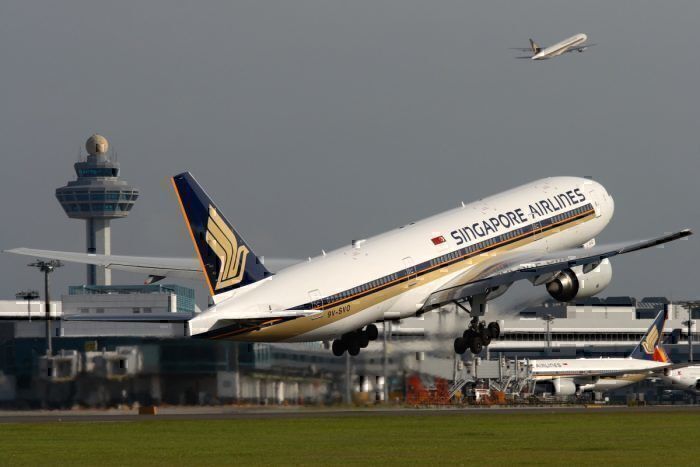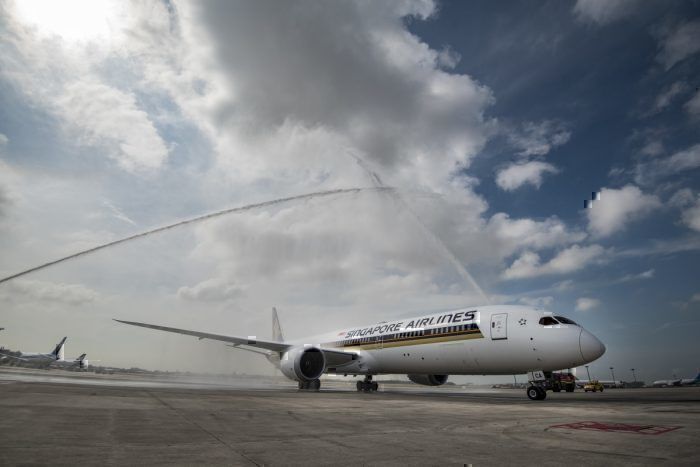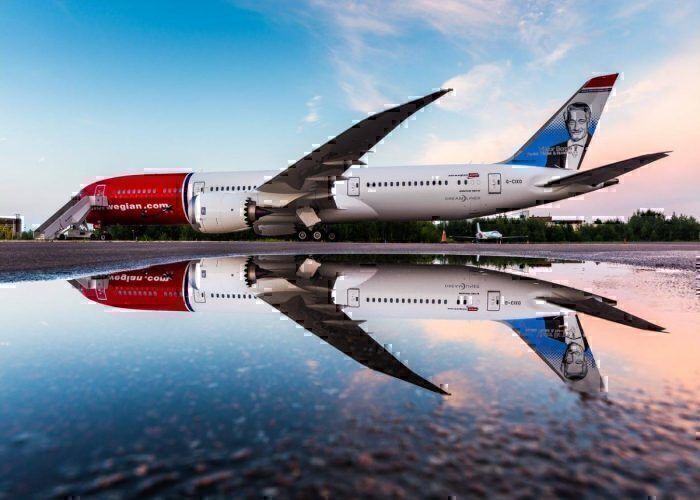Singapore Airlines has received a vital lifeline to help it survive the coronavirus crisis. The airline has secured a S$19bn ($13bn USD) bailout which it says will help it not only survive the pandemic but thrive afterward.
$13 billion paves the way for a bright future
The COVID-19 pandemic is not making things easy for our world's airlines. With route suspensions and fleet groundings, the future of the aviation industry has not been unscathed. Many airlines are projected to struggle in the months after the peak of the viral outbreak and, as such, many are now seeking financial assistance from governments.
The process for securing bailouts is an ongoing project for many but one Asian airline has been able to secure the highest payout so far amidst the COVID-19 crisis. Earlier this week, Singapore Airlines became the grateful recipient of a $13bn bailout which will restore its prospects post coronavirus.
Just five days ago at the start of this week, Singapore Airlines' (SIA) future operation looked uncertain. The airline shared a statement on its website detailing its capacity cuts. Currently, Singapore Airlines has planned to operate just 4% of its schedule until the end of April and has grounded over 90% of its fleet. In the statement, SIA stated that these cuts represent "the greatest challenge that the SIA Group has faced in its existence." It went on to say:
"...without a domestic segment, the Group’s airlines become more vulnerable when international markets increasingly restrict the free movement of people or ban air travel altogether. It is unclear when the SIA Group can begin to resume normal services, given the uncertainty as to when the stringent border controls will be lifted."
Whatever apprehension SIA might have felt then, it has now surely expended.
What does SIA's future look like?
With this newfound funding, SIA is set up to take advantage of opportunities for growth in the future. The airline will use the cash injection to claw its way through the damage of the pandemic and look to place funds towards its growth strategy. SIA will invest in a fleet renewal which will allow it to operate aircraft with better fuel efficiency.
What's significant about SIA's financial funding is that it has been able to transfer a lot of autonomy back to the airline. Many airlines are feeling the pinch right now and are consequently operating as victims in an unforeseen pandemic that they can't control.
Some airlines are resorting to strategies such as returning aircraft to lessors in order to restore cash flow. The issue with that is that it's unlikely to provide them with the opportunity to grow. This money will be able to settle existing debts and operational charges. However, it's unlikely many will be able to use that money to fund their expansion. For SIA, the future now looks different.
Are other airlines receiving support?
Singapore Airlines is not alone in receiving financial support. Many other airlines are scrambling to secure bailouts and some have been successful. Last week, Norwegian Airlines was granted a US$275m package from the government. It's a modest sum in comparison to SIA's but one that will no doubt allow Norwegian to regain the foothold in plans it had before COVID-19.
Other airlines, like British Airways, have not been so fortunate. Not yet at least.
The paradox is that there's as much incentive for governments to support their airlines as there is for them to think about it twice. Cash injections, such as SIA's, protect many jobs and provide a way for airlines to continue to bring in revenue. However, at the same time, governments must be certain that a future post-pandemic will return to how it had once been. Will investments be worth it if travelers decide to fly less in the future?
What do you make of this story? Do you think more airlines will receive bailouts in the future? Let us know your thoughts in the comments.





